UK Girl Barred From School Over Imprisoned Mother's 'Racist' Tweet
Authored by Steve Watson via modernity.news,
Lucy Connolly, the mother jailed for 31 months over a single anti-mass immigration tweet int 2024, has revealed that her 13-year-old daughter Edie has been blocked from starting at a new school after the headteacher discovered her mother’s identity and conviction, citing that “racism doesn’t go down well” in their institution.
The devastating rejection, detailed in a GB News interview, sees Connolly, now free after over a year in prison, blast the decision as “outrageous discrimination” against her innocent child for her own political views.
If true, the development represents yet another another grim chapter in Britain’s speech gulag, where 10,000 were arrested last year for social media posts under vague hate speech laws.
NEW: Lucy Connolly reveals her 13-year-old daughter had her new school place rescinded when a headteacher realised Lucy was her mother.
— Ben Leo (@benleo444) December 1, 2025
She said: “They said racism doesn’t go down well at the school and my daughter being there would cause a ruckus.” pic.twitter.com/9mziPgltjt
Connolly told GB News “They said, ‘we’re going to be honest with you, the headteacher found out about who you were and put a block on the move and racism doesn’t go down well in their school’.”
The family had secured a six-week trial placement for Edie, desperate for stability after months of upheaval, but the discovery of Connolly’s August 2024 sentence for her tweet in the wake of the murder of three young girls in Southport by a second generation Rwandan migrant, led to an abrupt cancellation.
She claims that the headteacher of the school in question told the family the placement would be “too difficult” given the conviction.
“A headteacher at another local school deemed it fit to discriminate against my child because of my political views,” Connolly claimed.
Connolly fumed, “It’s outrageous. My daughter is being punished for my views. She’s innocent, and now she’s the one suffering,” adding “In what world is this ok?”
Connolly’s nightmare began in early August last year, when she was sentenced to 31 months for her tweet, which read “Mass deportation now, set fire to all the f***ing hotels full of the bastards for all I care.”
Judge Melbourne Inman KC called it “grossly offensive,” imposing the maximum under the Public Order Act for “stirring up racial hatred”—despite no direct threats and Connolly’s lack of priors as a childminder.
The punishment was clearly disproportionately severe and set a dangerous precedent, with the likes of former Prime Minister Liz Truss warning it would only fuel “radicalisation.”
Connolly’s fate can be contrasted with freed agitators like Labour councillor Ricky Jones, who incited a call to “cut their throats” against critics of mass migration, yet ultimately ended up with nothing more than a slap on the wrist.
Jones faced no custody while Connolly rotted, her appeal dismissed despite widespread outrage.
Edie Connolly’s school block is another instant of the human cost of Britain’s “speech gulag,” where 10,000 were arrested last year for “offensive” online content under the Communications Act and Online Safety Act.
Your support is crucial in helping us defeat mass censorship. Please consider donating via Locals or check out our unique merch. Follow us on X @ModernityNews.
Tyler Durden Mon, 12/01/2025 - 13:20
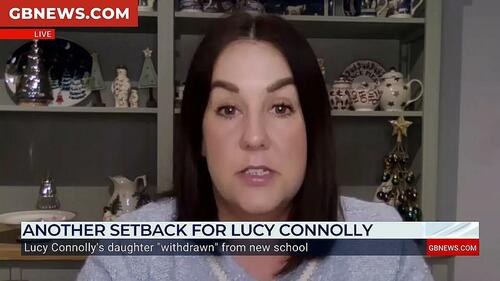
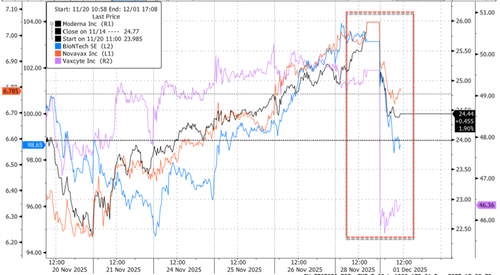


 A rent sign seen in Maryland on Nov. 12, 2023. Madalina Vasiliu/The Epoch Times
A rent sign seen in Maryland on Nov. 12, 2023. Madalina Vasiliu/The Epoch Times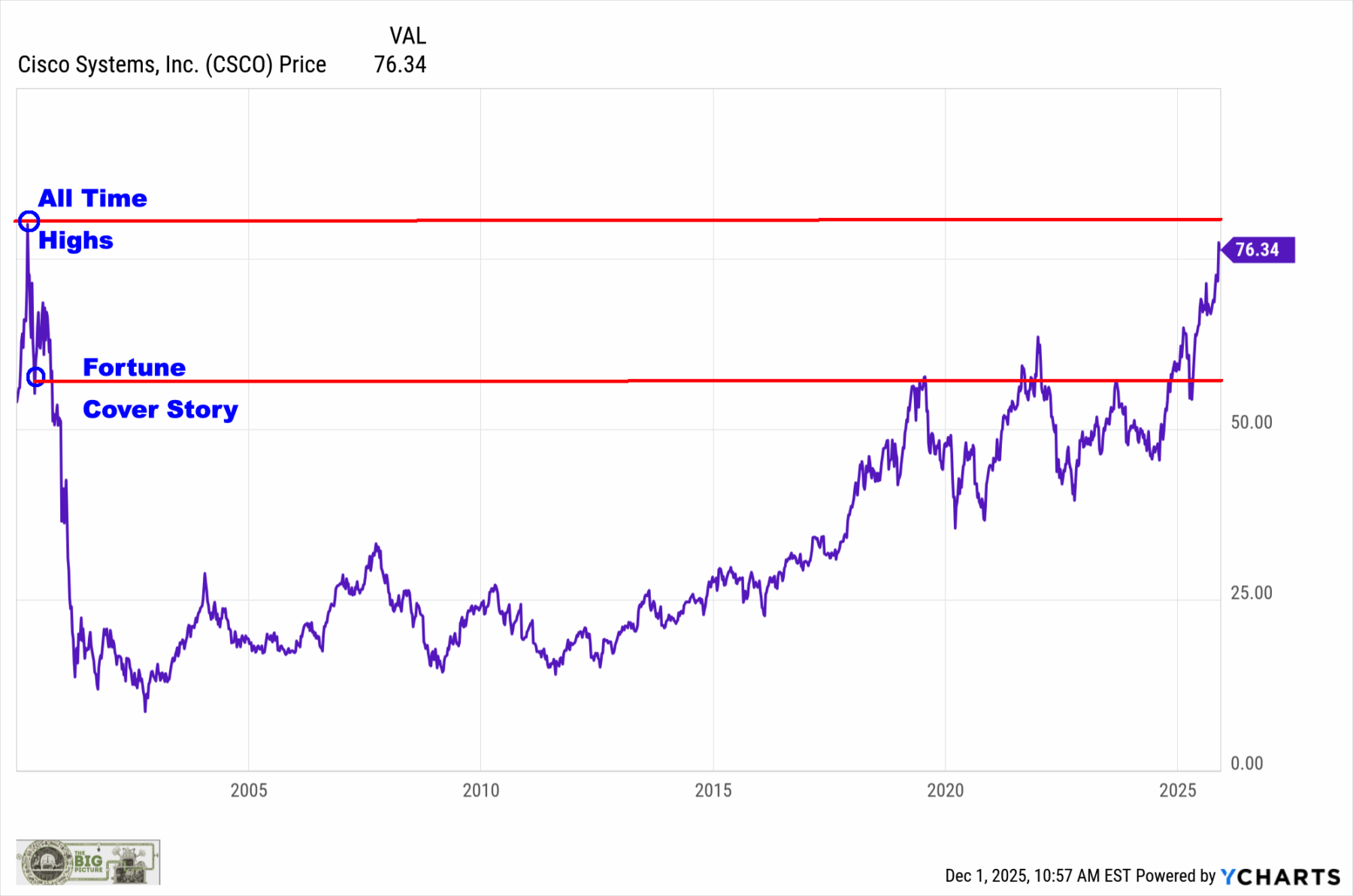
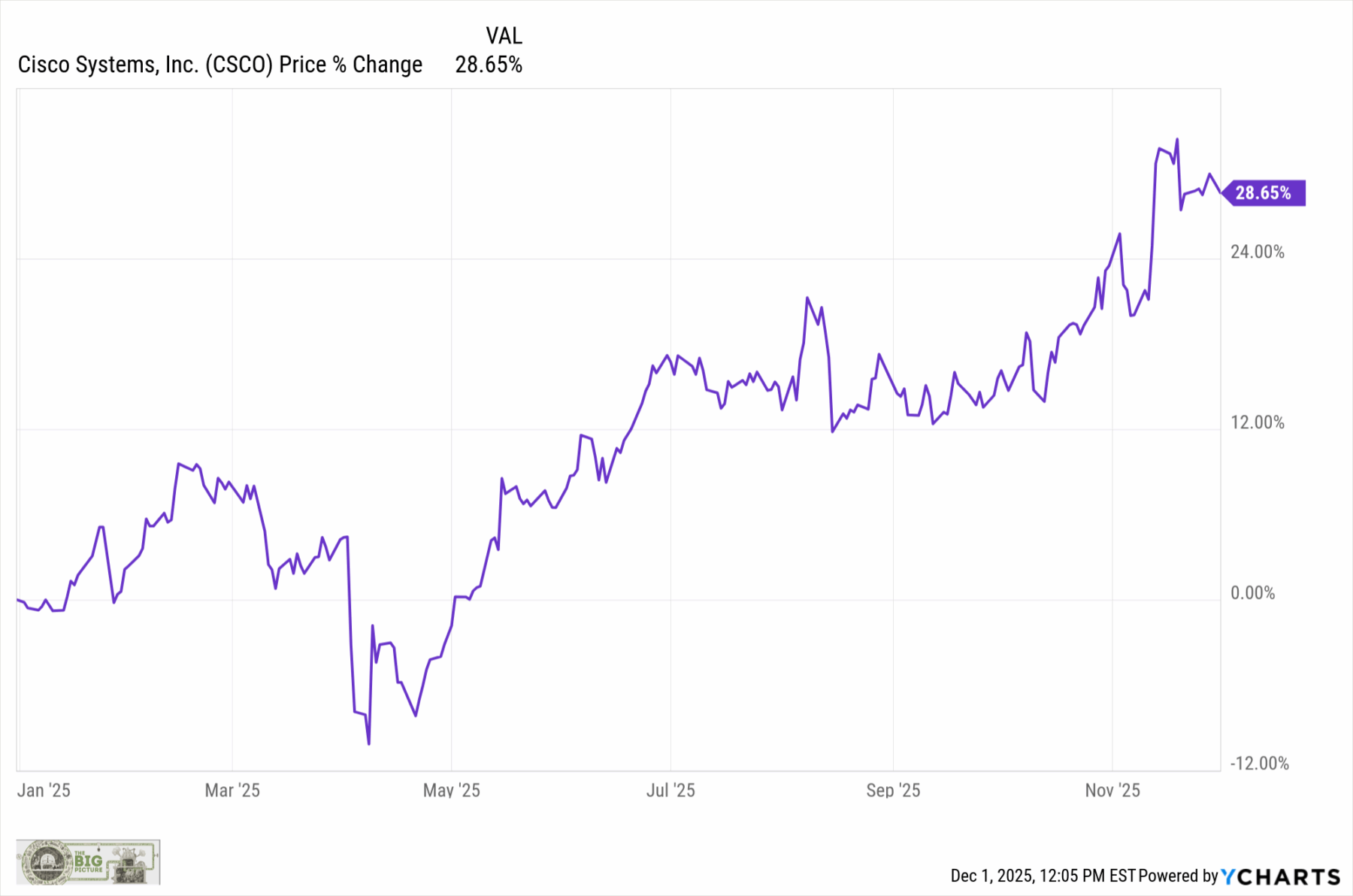
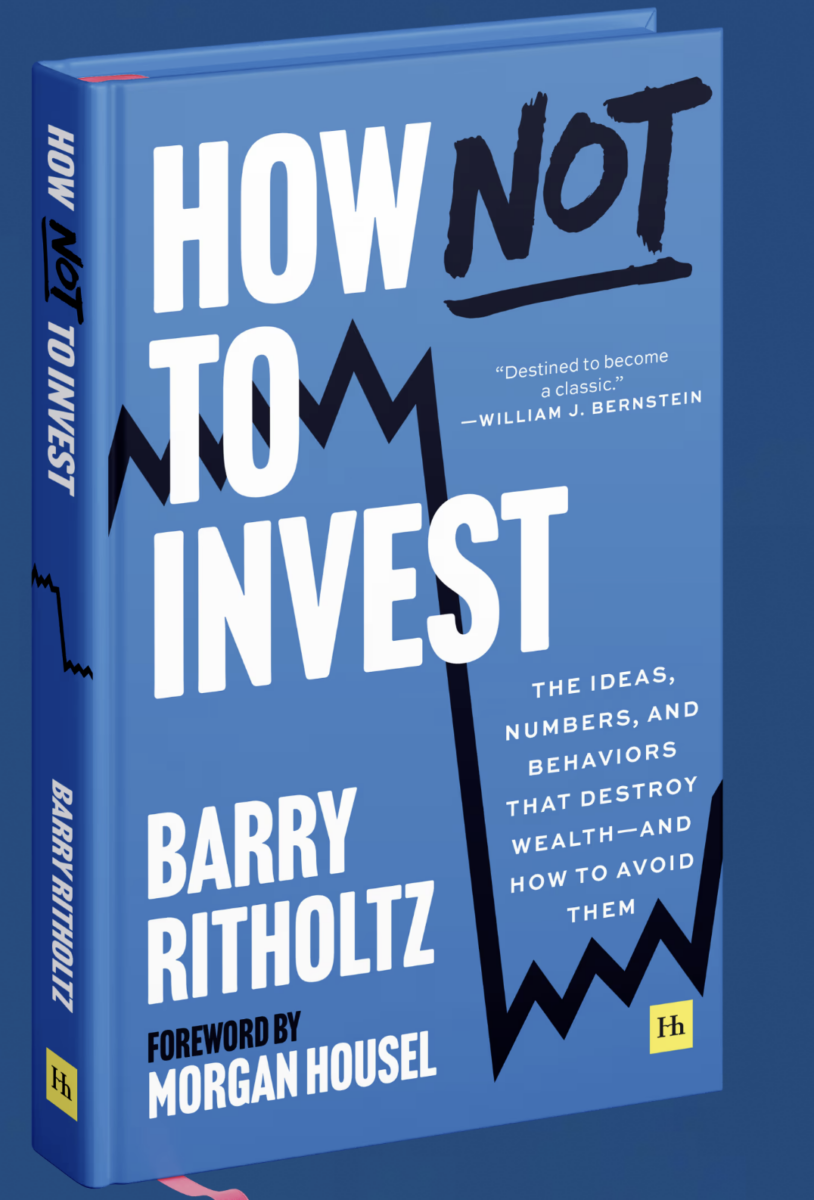
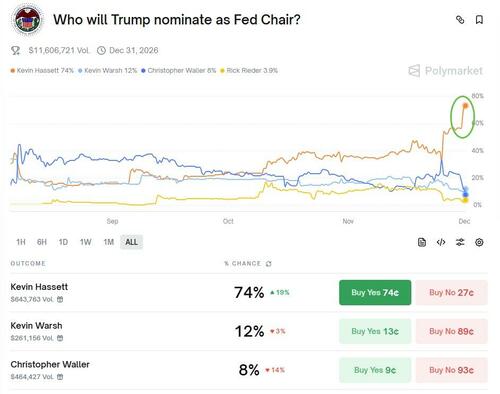
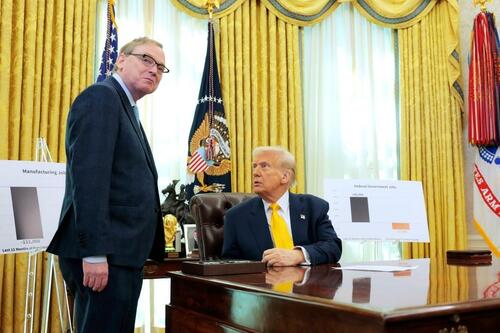




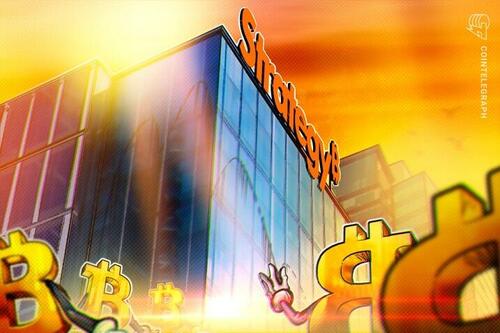





 Image source: British prime minister's office, 10 Downing St
Image source: British prime minister's office, 10 Downing St


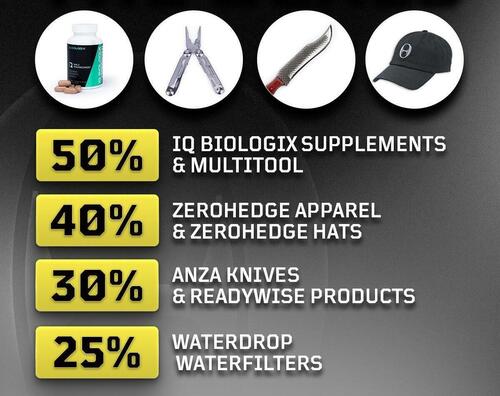


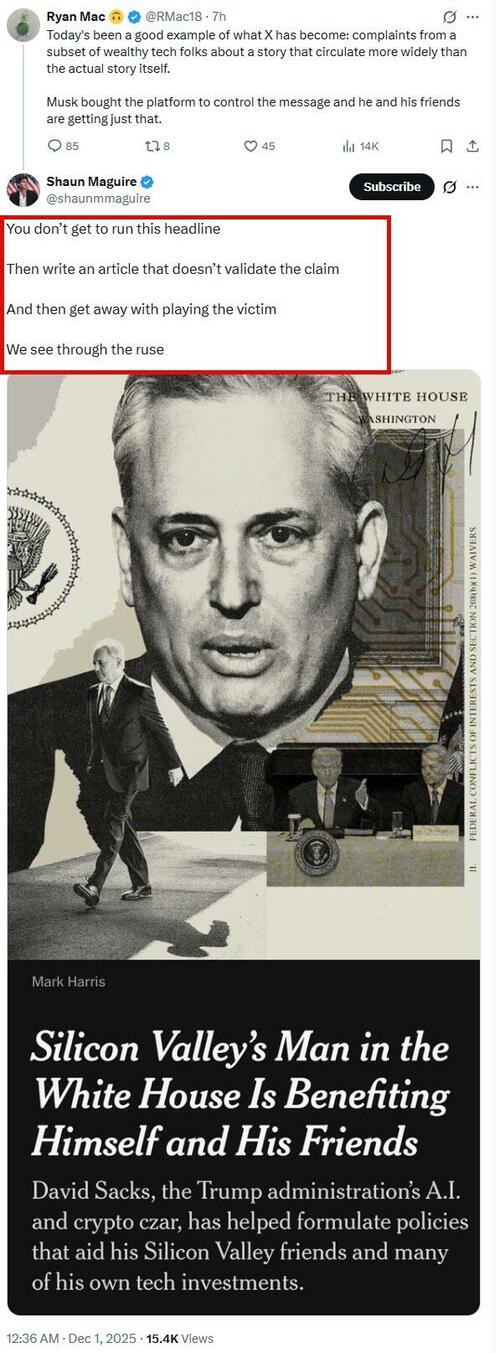
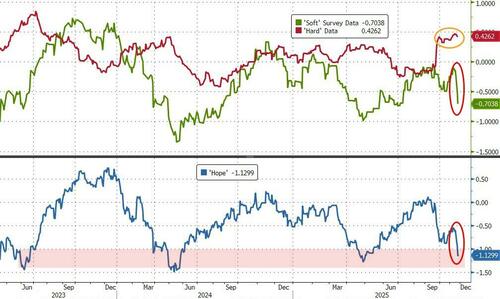
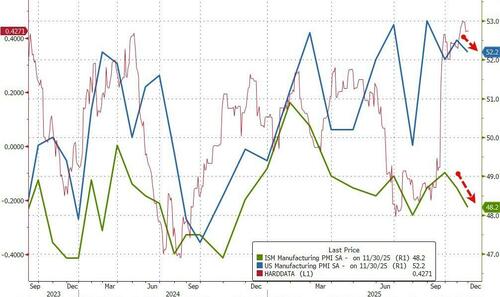
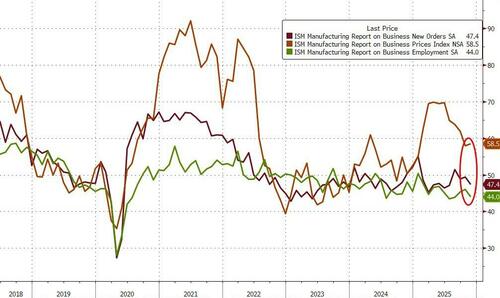


Recent comments